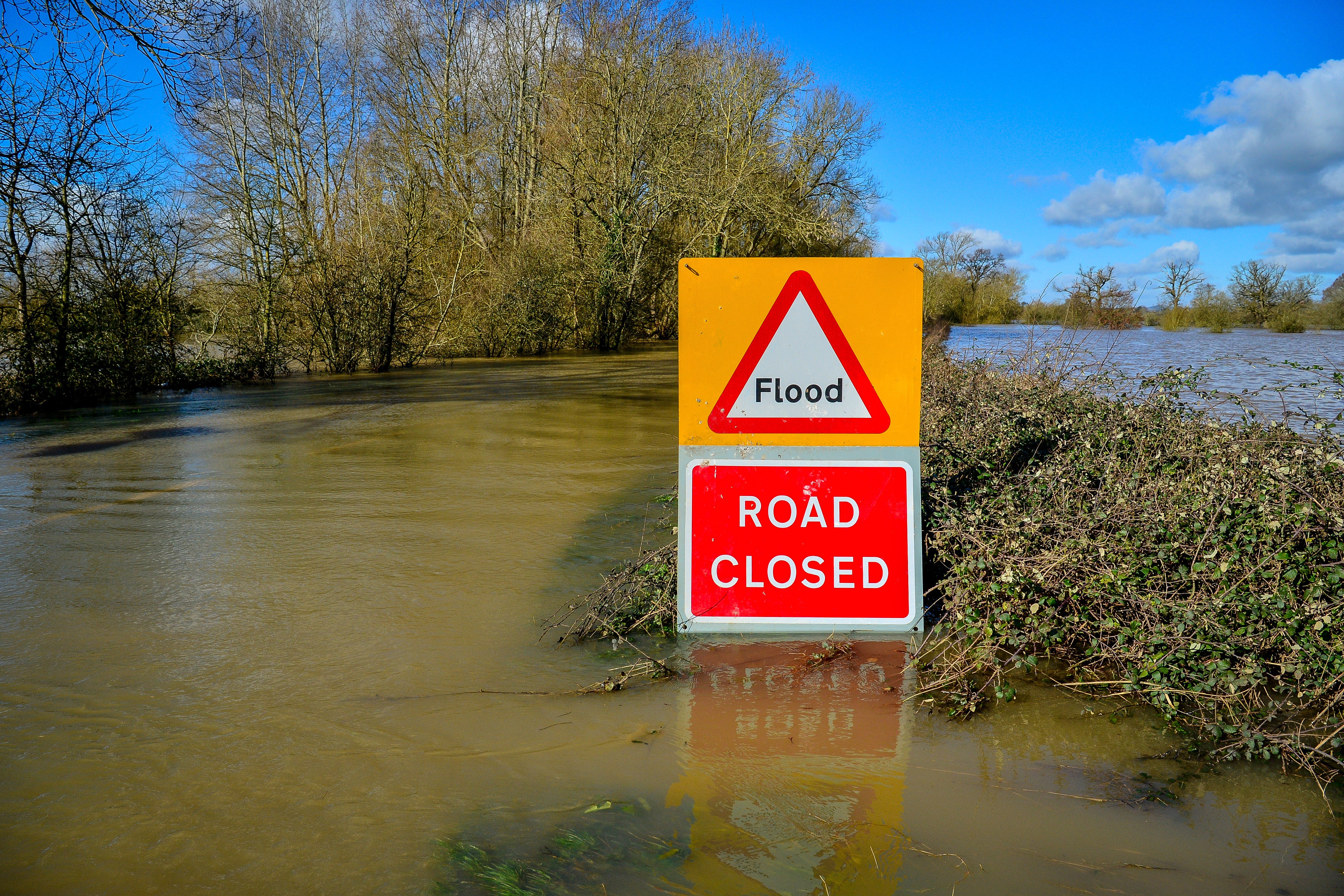- Money
Bad weather accounted for around a fifth of the value of property claims, the Association of British Insurers said.
Vicky ShawTuesday 25 November 2025 11:08 GMT Bad weather is having a significant impact on property insurance claims, the Association of British Insurers said (Ben Birchall/PA) (PA Archive)
Bad weather is having a significant impact on property insurance claims, the Association of British Insurers said (Ben Birchall/PA) (PA Archive)
Sign up to our free money newsletter for investment analysis and expert advice to help you build wealth
Sign up to our free money email for help building your wealth
Sign up to our free money email for help building your wealth
 Email*SIGN UP
Email*SIGN UPI would like to be emailed about offers, events and updates from The Independent. Read our Privacy notice
A record £4.6 billion in property insurance claims was paid out in the first nine months of 2025, according to data from members of the Association of British Insurers (ABI).
Claims payouts, helping households and businesses to recover, were £155 million higher for the year so far compared with the same period last year, the ABI said.
If the trend continues, 2025 as a whole will be a record year for property insurance payouts.
Looking at the nine-month figures, bad weather is having a significant impact on property insurance claims, accounting for around a fifth of the value – or £936 million – of claims affecting households and businesses.
Property claims for damage caused by bad weather amounted to £143 million more than the same period in 2024. The ABI’s figures go back to 2012.
The ABI said the figures underscore the urgent need to embed climate resilience into new housing developments. It said this means designing and constructing homes that can withstand flooding, extreme heat, high winds and subsidence, and ensuring homes are not built in areas prone to flooding.
Mark Shepherd, head of general insurance policy at the ABI, said: “Building resilience into new homes is essential if we’re to manage the growing risks posed by climate change.
“But resilience isn’t exclusive to new builds. As extreme weather becomes more frequent, existing homeowners also need to know how to protect what they already have.”
The ABI said it has updated its flooding and storm guidance.
It said some simple maintenance measures can significantly reduce the risk of damage such as clearing gutters, securing roof tiles, fixing leaks, repairing cracks and installing flood protection devices.
The annual average price of combined building and contents home insurance in the third quarter of 2025 was £384 – £7 lower than the previous quarter, and £15 less compared to the same period in 2024, the ABI said. Its figures are based on policies that have been sold, rather than quotes.
Get a free fractional share worth up to £100.Capital at risk.
Terms and conditions apply.
Go to websiteADVERTISEMENT
Get a free fractional share worth up to £100.Capital at risk.
Terms and conditions apply.
Go to websiteADVERTISEMENT
Mr Shepherd said: “It’s encouraging, and a relief for households, that premiums have declined for three consecutive quarters. To avoid undoing this hard-won progress, it’s vital that insurance premium tax (IPT) stays at its current level in tomorrow’s Budget, to ease mounting financial pressures for households and businesses doing the responsible thing and protecting their properties.”
IPT is a tax on insurers but it is passed on to customers through the costs of their policies.




